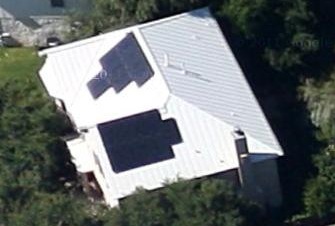Here’s a problem I ran into recently: I temporarily switched the root filesystem of my Fedora 14 install from RAID-5 to non-RAID. After I received the new SSD drives, I switched it to RAID-1 but the dracut boot sequence could not find the RAID-1 array and mount the root filesystem, ending in the errors ‘Can’t mount root filesystem. Boot has failed, sleeping forever’.
Using the dracut rdshell and rdinitdebug kernel boot options to get a shell prompt from the dracut initramfs led me to the RAID assembly failing during boot during “dracut: Autoassembling MD Raid”. I discovered manually assembling the array using mdadm –assemble … then exiting the shell would allow the boot to continue, so at least I had a temporary workaround.
To fix the dracut auto assembly of the RAID array, I did the following:
- Booted up a Fedora Live CD so I could manipulate the RAID partitions without them being mounted/used (since they contained the root filesystem).
- After noticing that the volume type was wrong on one of the RAID-1 member partitions by running blkid (TYPE was not “linux_raid_member”) and making sure the other partition was up-to-date with the data, I used wipefs (remember to use the -a option) on the partition with the incorrect data (and let the next step sync the data from the correct partition).
- Set the system hostname via the hostname command, then did “mdadm –assemble /dev/md1 /dev/sda2 /dev/sdb2 –update=name –update=uuid”. This fixed the array name to be hostname:1.
- After booting the system back up normally with the workaround, made a backup of /etc/mdadm.conf then did “mdadm –examine –scan > /etc/mdadm.conf” and made sure /etc/mdadm.conf looked correct afterward.
After these steps, the dracut boot sequence was able to auto-assemble the RAID array on boot and mount the root filesystem.
I hope this writeup helps someone who runs into a similar problem. 🙂
 The new Vantage Pro2 Plus weather station worked, recording about one inch of precipitation during the recent rainfall! Now I just need to get the USB interface working and wview set up to analyze the results.
The new Vantage Pro2 Plus weather station worked, recording about one inch of precipitation during the recent rainfall! Now I just need to get the USB interface working and wview set up to analyze the results.
